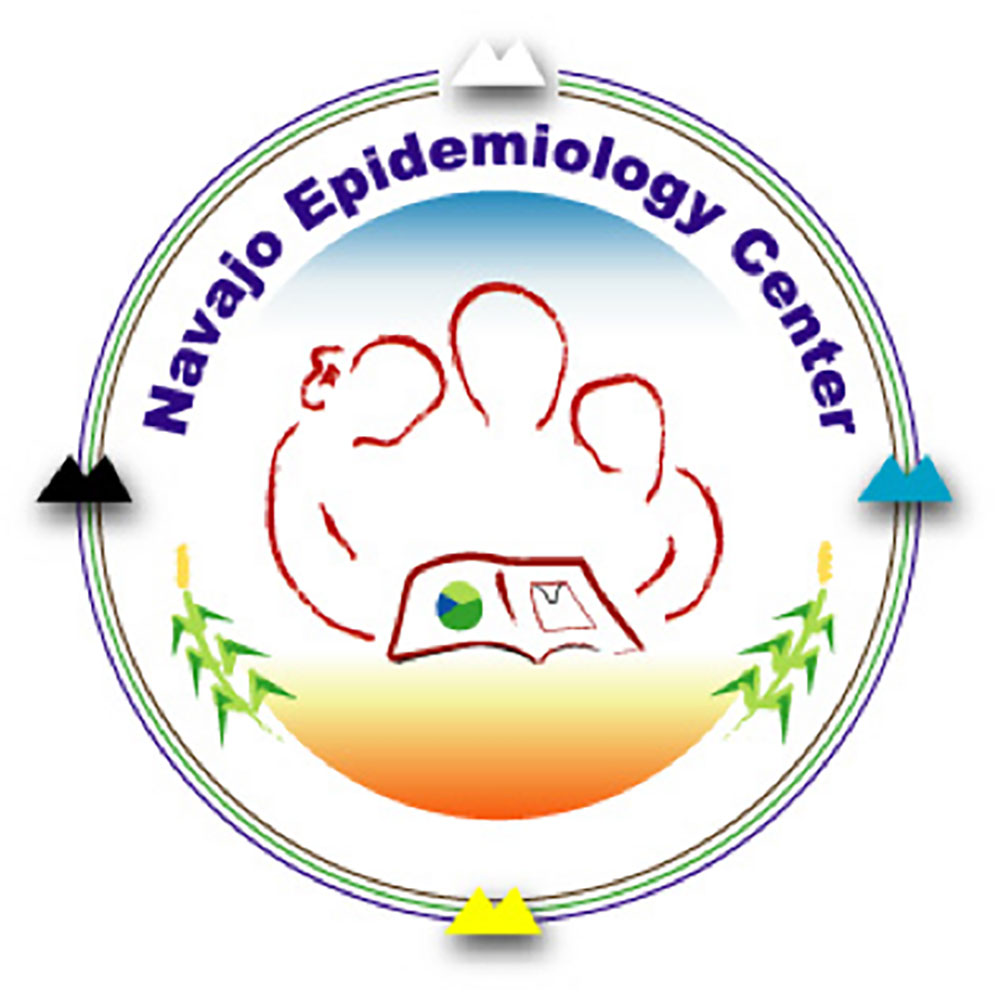Excerpt from Synopsis:
Rodents can transmit hantaviruses to humans. In the Americas, human infection causes severe respiratory illness known as hantavirus pulmonary syndrome. Using national surveillance system data, we assessed demographics and rodent exposure settings for 662 case-patients during 1993–2015. American Indians accounted for 18% of case-patients, and case-fatality rates for this population (46%) were higher than those for whites (33%).
Case-patients reported rodent exposures in the home (71%), at work (32%), or in a recreational setting (24%).
Cars, trailers, or mobile homes accounted for 7% of rodent exposures; 17% of case patients reported having cleaned rodent-infested areas. Of those whose exposure was work related, 53% had jobs with potential risk for rodent exposure. The proportion of recreational exposures was significantly higher among case-patients residing in the eastern (47%) than in the western (23%) United States. Regionally and culturally appropriate educational materials can be used to direct prevention messages to persons in these risk groups.
Read the complete article on the CDC website.
Additional Resources:
Risk of a rare but deadly mouse-borne virus increases in the spring
NEW: “Understanding Hantavirus” Poster


